This is a guest post written by Barry Mitsch.
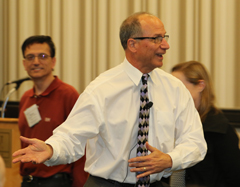 Nowadays when technical professionals are asked to give a presentation, they typically begin their preparation by creating some slides using a popular software program that will be projected when speaking to an audience. But is this technology improving presentations or creating a barrier between the speaker and the audience?
Nowadays when technical professionals are asked to give a presentation, they typically begin their preparation by creating some slides using a popular software program that will be projected when speaking to an audience. But is this technology improving presentations or creating a barrier between the speaker and the audience?
While technology has created exciting tools for speakers, the fundamental elements of a presentation have not changed since the days of Aristotle. Any successful presentation must be well organized, delivered by a credible speaker, and customized to a specific audience.
Customizing your presentation requires information gathering. Speak to the meeting planner to learn about who is expected to attend, and talk with colleagues who have presented to this group in the past. Ask questions related to audience expectations and the technical background of the typical attendee. It's also a good idea to know who is speaking before or after you as you may want to look for tie-ins with your subject matter.
So what about the technology? Technology is simply a tool. YOU are the presentation, not the technology. Great technology will not overcome poor content. A great presentation can be delivered without a single slide. Abraham Lincoln, Winston Churchill, Martin Luther King Jr., John F. Kennedy … they all crafted memorable speeches without a laptop computer. The key is using the technology correctly to enhance your spoken words.
A common mistake made by many speakers is to begin planning a presentation by first creating visual aids. Scientists often have data that are important to their talk and these data often drive the development of a presentation. The data for a given presentation should be selected only if it helps the speaker achieve the objective for a specific audience. Once the content of a presentation has been thoroughly developed, it is time to ask the question, “What data and supporting visual aids will enhance the audience's understanding of what I am saying?”
Any visual aid needs to meet four criteria in order to be successful. First, it has to be necessary. In other words, you have reached the conclusion that a visual aid will be helpful in delivering your message.
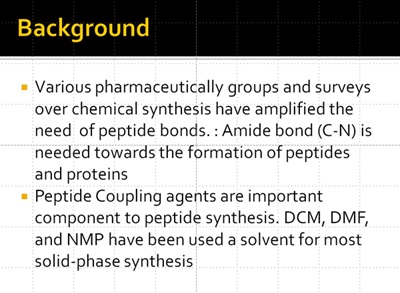
Slide 1
|
|
Slide 1 is an example of an unnecessary slide. It contains statements that could be made during the introduction to a presentation.
|
Next, decide on the most appropriate format that will meet the criterion of clarity—the best way to show an idea. There are infinite ways to create effective visual aids, not all of which require technology. Demonstrations, displays, and photographs are all low-tech approaches. Be selective and continually ask if this is the best way to support your spoken words. The third criterion is simplicity—the best visual aids are simple.
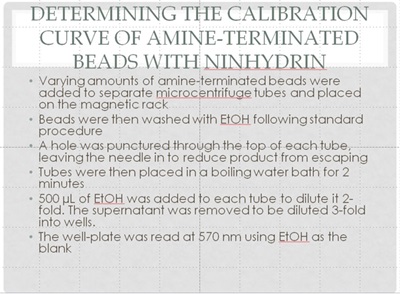
Slide 2
|
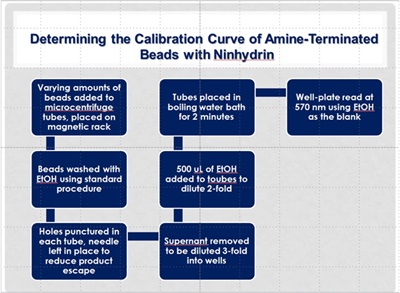
Slide 3
|
| Slide 2 is an example of a slide that doesn't achieve clarity. It is describing a process, and the ideal way to demonstrate the concept would be to use pictures. Alternatively, slide 3 shows the content from slide 2 and improves its clarity by simplifying the words as much as possible and creating a diagram that indicates a process. Building each block of the diagram will also make it easier for listeners to follow the explanation of the process. |
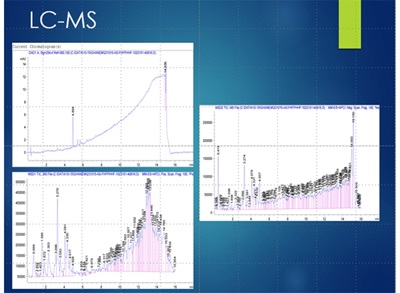
Slide 4
|
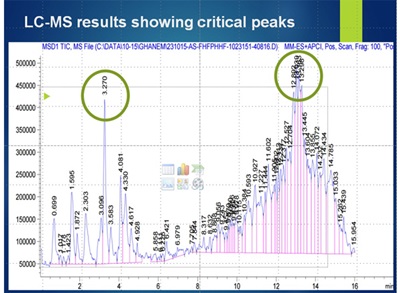
Slide 5
|
| Slide 4 can be improved by showing the graphs on separate slides to improve its simplicity. Slide 5 shows only one of the graphs, adds a more descriptive title, and adds circles to direct attention to places on the slide having the most importance. |
And the fourth criterion is visibility— they must be clearly seen. Obviously a visual aid must be visible to be effective but how many times have you seen a presenter display a computer-generated slide and say, “I know you can’t read this, but let me tell you what it says.”

Slide 6
|

Slide 7
|
| Simple changes can improve Slide 6. Improvements are shown in slide 7. Changing the color and adding bold font and shadow to the main text makes it easier to read, as does changing the font size and boldness in the minor text. In addition, a simple circle denotes the location on the deprotonated quercetin molecule where the chemical composition has changed. |
Here are some tips to help you meet the criteria of simplicity and visibility while using computer-generated visual aids:
-
Each slide should convey ONE main concept. Complicated slides lead to audience confusion.
-
Try to avoid text slides but if you must use them, limit the number of words per line to 5 and the number of lines per slide to 5.
-
If possible, limit the numbers of bars and lines in graphs, preferably no more than 5. Of course if your data require more than five, use only what is necessary to support your message.
-
Use only sans serif type styles such as Arial, Helvetica, and Tahoma—they project more clearly than serif styles.
-
Use the largest type sizes possible and try to avoid text that is less than 24 point.
-
For computer projection, stick to dark backgrounds with light text to increase visibility.
-
Limit the use of color—use color to direct attention to areas of a slide that are important.
-
Use computer "builds" (sequentially revealing information) to maintain focus on points as you present, but be selective in using this tool. Builds can also be used for charts, graphs, pictures, and complicated scientific slides.
-
Be consistent in using slide transition animations; varying the transitions from slide to slide can be distracting.
Computers are the most valuable presentation tool yet to be invented, but speakers need to realize that they are just a tool. There is no substitute for solid content delivered with confidence and conviction. By applying the ideas presented in this article, you will maximize the use of technology in achieving success with all of your presentations.
Barry Mitsch, of the Pyramid Resource Group, has been conducting presentation skills workshops for more than 25 years and specializes in working with scientists and engineers. He has worked with individuals and groups using video-based programs, classroom workshops, and virtual coaching. He holds a Master's of Science in Public Health and his research was in the field of radiation physics. He provides communication coaching to Sigma Xi members. If you have a question or comment about this post, you may post it below or email Heather Thorstensen, manager of communications, at hthorstensen@sigmaxi.org.